Extreme left – Mr. Hansraj, Advisor, NMHC, Dr. Shibu John, Founder & CEO, 3D Graphy Llp, Col Hemant Kapoor,( Retd.) CEO, NMHC, and Cmde. Niranjan Khardenavis ( Retd.). Associate Director, Defence & Marine, 3D Graphy Llp.
Creating a National Maritime Heritage Complex (NMHC) involves several components where 3D printing and 3D visualization can play crucial roles. Here are the ways in which these technologies can enhance the project:
1. 3D Printing:
A. Artifacts and Models
- Replicas of Historical Artifacts: Accurate 3D printed replicas of artifacts can be created for display, allowing visitors to handle and closely inspect them without risking damage to the originals.
- Ship Models: Detailed models of historical ships can be 3D printed to showcase different types of maritime vessels used throughout history.
B. Exhibit Components
- Interactive Displays: Components such as parts of shipwrecks, tools, and maritime instruments can be 3D printed for interactive educational exhibits.
- Tactile Maps: 3D printed maps of significant maritime routes and historic sites, allowing visually impaired visitors to experience the exhibits through touch.
C. Restoration and Conservation
- Replacement Parts: For restoration projects, 3D printing can be used to create missing parts of artifacts and exhibits with high precision.
- Protective Casings: Custom protective casings for fragile artifacts can be designed and printed.
2. 3D Visualization:
A. Virtual Tours and Simulations
- Virtual Reality (VR) Tours: VR setups can allow visitors to explore recreated historical ships and maritime environments, providing an immersive educational experience.
- Augmented Reality (AR) Applications: AR apps can overlay historical information and visualizations on physical exhibits, enhancing the learning experience.
B. Digital Exhibits
- Interactive 3D Models: Digital touchscreens can display interactive 3D models of ships, artifacts, and historical sites, allowing visitors to explore them in detail.
- Holographic Displays: Holograms can be used to create lifelike visualizations of maritime scenes and historical figures.
C. Research and Documentation
- Detailed 3D Scanning: Scanning artifacts and sites can help in creating detailed 3D models for research, documentation, and preservation.
- Reconstruction of Historical Sites: Digital reconstruction of historical maritime sites and ships based on archaeological data can be visualized to provide insights into their original conditions.
Implementation Plan
- Assessment and Planning:
- Identify key artifacts, ships, and exhibits to be created or enhanced using 3D technologies.
- Collaborate with historians, archaeologists, and maritime experts to ensure historical accuracy.
- Technology Integration:
- Invest in high-quality 3D printers and 3D scanning equipment.
- Develop partnerships with companies specializing in VR, AR, and 3D visualization.
- Content Development:
- Create 3D models and visualizations based on historical data.
- Develop interactive and educational content for exhibits.
- Exhibit Design and Setup:
- Design exhibit spaces to incorporate 3D printed models and visualization technologies.
- Ensure accessibility and interactivity to enhance visitor engagement.
- Training and Maintenance:
- Train staff in the use of 3D printing and visualization tools.
- Establish maintenance protocols for equipment and digital content.
Conclusion
By integrating 3D printing and 3D visualization technologies, the National Maritime Heritage Complex can offer a dynamic and interactive visitor experience, preserve maritime history with high precision, and enhance educational and research opportunities. This approach will not only attract visitors but also set a benchmark for modern museum practices. 3D Graphy with its team of Associate Corporate Members will be keen to participate in the project supporting efficiency and creative imagination to be made to reality.
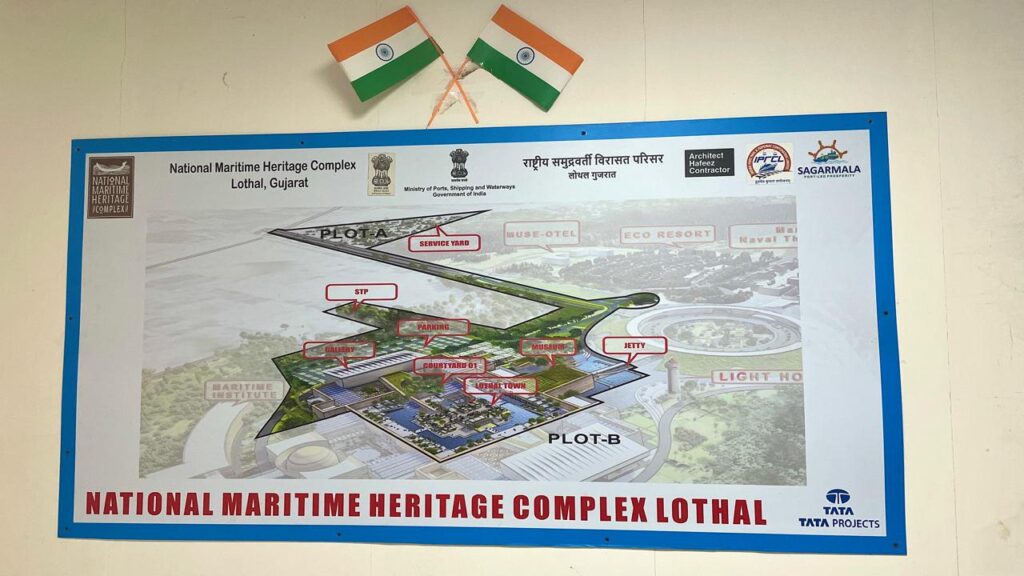
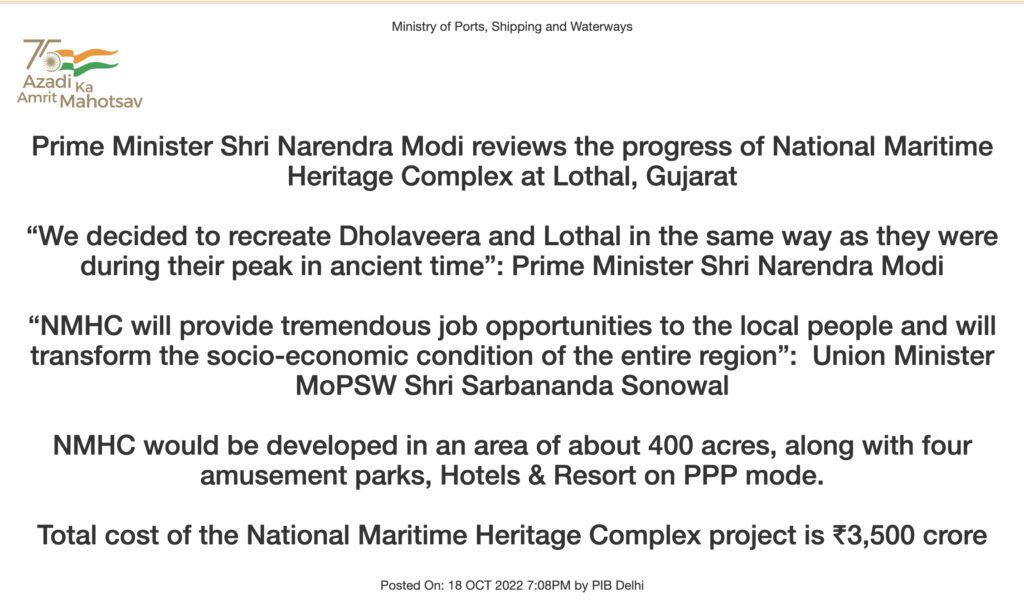
NMHC Site - Work in progress

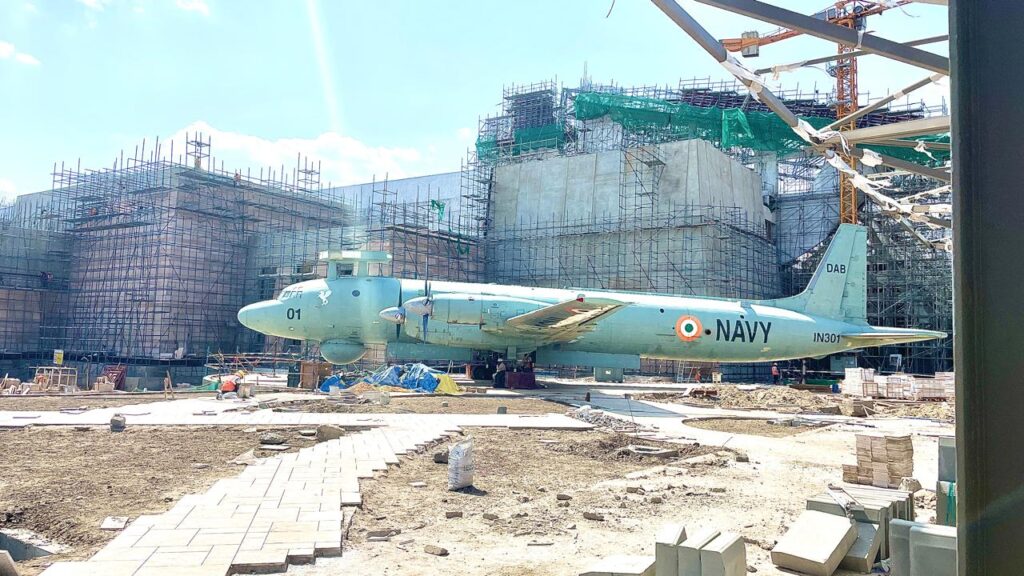



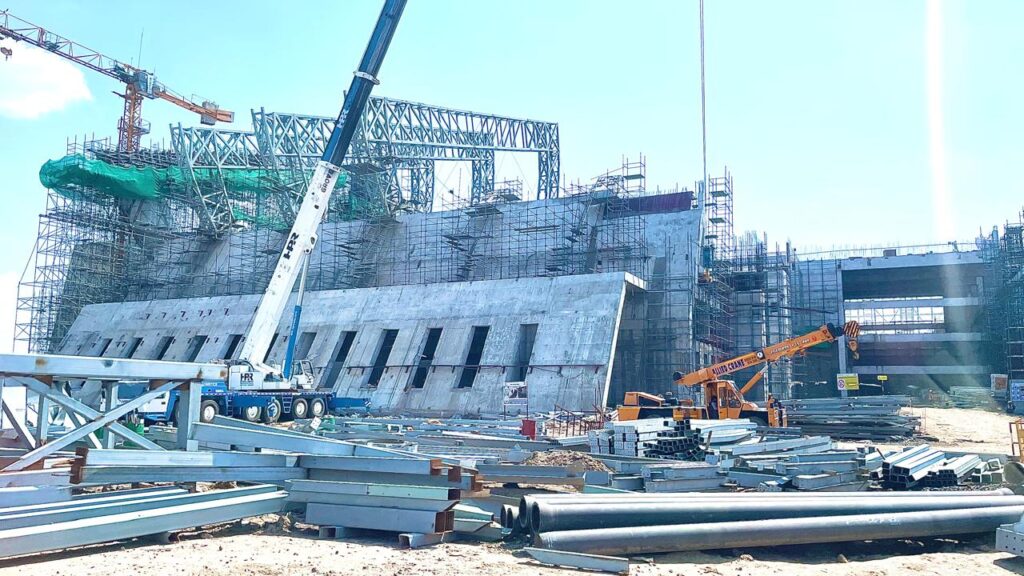

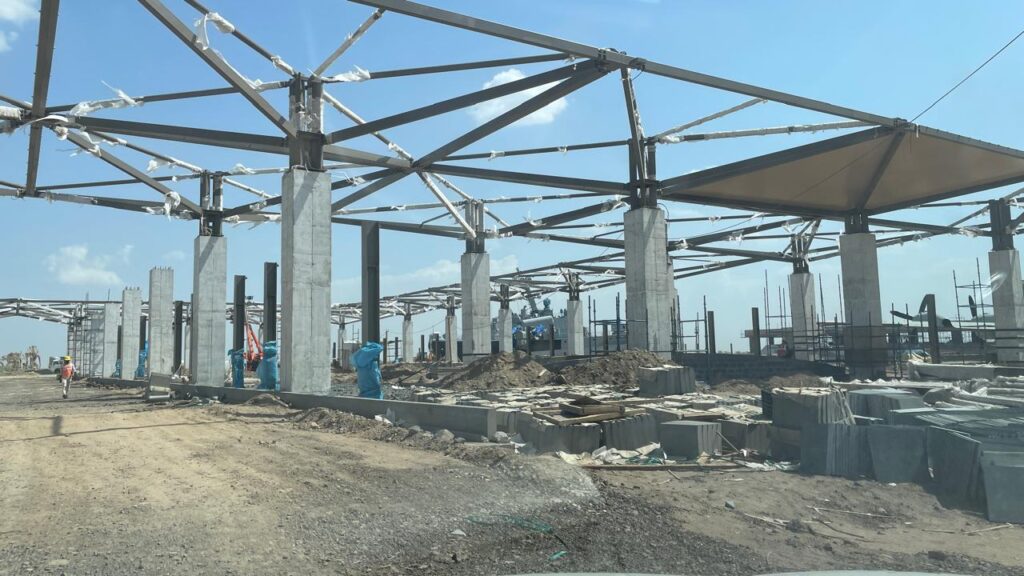
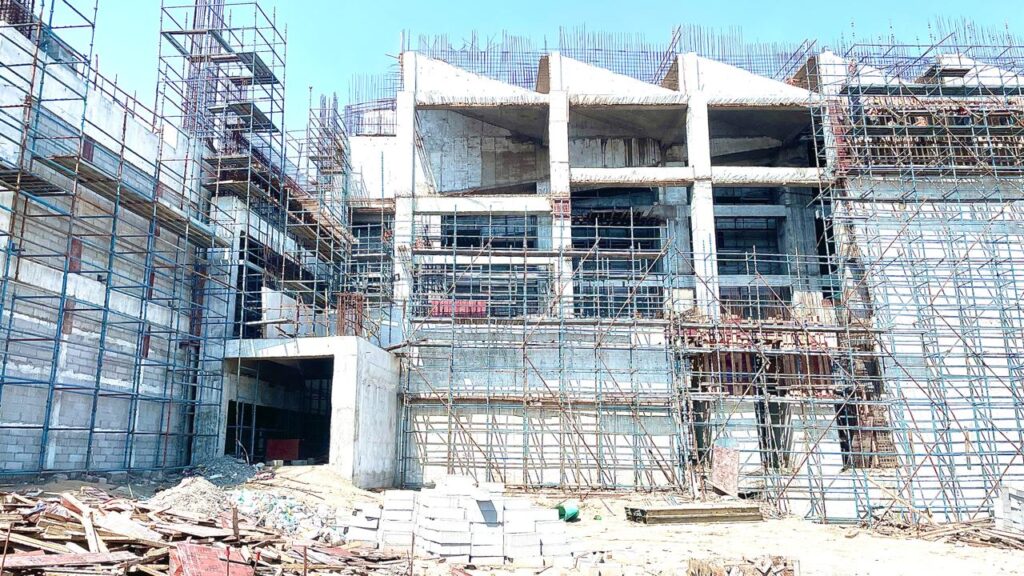


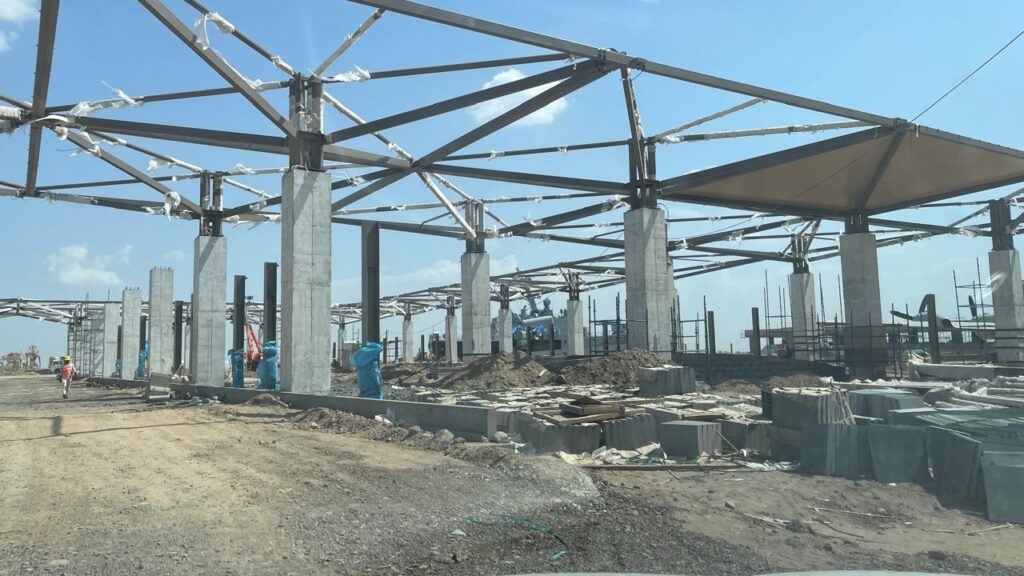
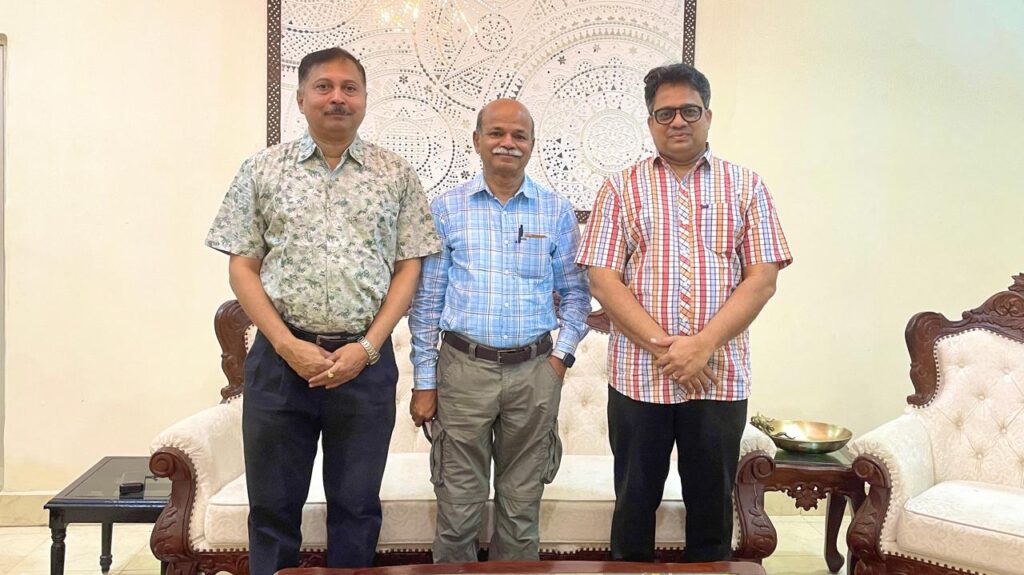
Cmde. Niranjan Khardenavis ( Retd) Associate Director, Defence & Marine, 3D Graphy LLP, Dr. Vasant Shinde, Advisor, NMHC and Dr. Shibu John, Founder & CEO, 3D Graphy LLP.
ABOUT NMHC
National Maritime Heritage Complex (NMHC) is an under construction tourism complex near Lothal in Ahmedabad district of Gujarat, India which will present the maritime heritage of India. The complex will have museums, amusement parks, educational institute, hotels and resort. It will also recreate Dholavira and Lothal cities in the complex.
History
The NMHC is being constructed near Lothal, an ancient maritime port city of Indus Valley Civilisation. The construction is being done under the Sagar Mala scheme of the Ministry of Ports, Shipping and Waterways, Government of India. The masterplan was finalised in March 2019. The foundation stone was laid by Prime Minister Shri Narendra Modi on 4 March 2019. The project is being built in phases.
The NMHC is estimated to cost ₹3,500 crore (US$420 million) to ₹4,500 crore (US$540 million). The Government of Gujarat allocated land; built road, water supply and electricity lines; and contributed ₹150 crore (US$18 million) for internal infrastructure. The major ports funded ₹209 crore (US$25 million).
Architecture firm Hafeez Contractor served as the principal management consultant. The Indian Port, Rail and Ropeway Corporation Limited was awarded the implementation work. The Phase 1A is being built by Tata projects The Phase 1A is expected to complete by March 2024
Features
The NMHC will be spread over an area of 400 acres (160 ha) including 375 acres (152 ha) for the complex and 25 acres (10 ha) for the staff residential facilities. The National Maritime Heritage Museum will have 14 galleries depicting maritime history of India from the Harappan era to present.
Phase 1
Under Phase 1A, the National Maritime Heritage Museum with 5 galleries and a naval gallery will be built at cost of ₹774.23 crore (US$93 million). It will be spread over a area of 35 acres (14 ha). Under Phase 1B, the rest of the National Maritime Heritage Museum galleries, Light House Museum, 5D dome theatre, gardens and other infrastructure will be built.
| Gallery | Theme |
|---|---|
| 1 | Orientation and oceanic mythology |
| 2 | Harappans: The Pioneer Seafarers |
| 3 | Post Harappan Trajectories: The Impact of Climate change |
| 4 | India’s contact with the Greco-Roman world |
| 5 | Special exhibitions |
| Naval Gallery | Evolution of the Indian Navy and Indian Coast Guard |
Phase 2
State pavilions depicting maritime heritage of each coastal state and union territory of India will be built. The Maritime Institute; four amusement parks including Maritime and Naval Theme Park, Monuments Theme Park, Climate Change Theme Park, Adventure and Amusement Theme Park; hotels and resort will be built under this phase. It will also to recreate Dholavira and Lothal cities as they were in ancient times.


